Pruning Tea Leaves – When To Prune A Tea Plant
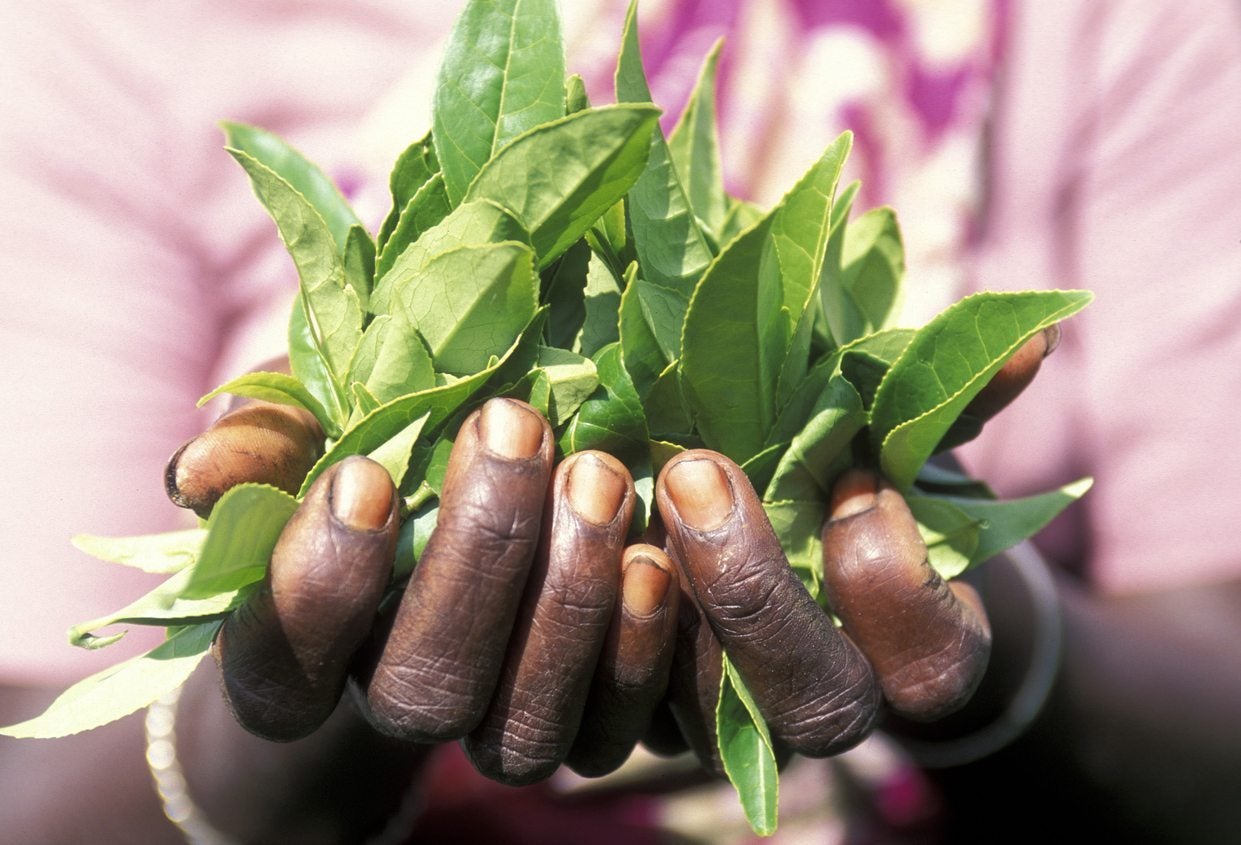

Tea plants are evergreen shrubs with dark green leaves. They have been cultivated for centuries in order to use the shoots and leaves to make tea. Tea plant pruning is an essential part of the shrub’s care if you are interested in harvesting its leaves for tea. If you are wondering how to prune tea plants or when to prune a tea plant, read on for tips.
Tea Plant Pruning
The leaves of tea plants (Camellia sinensis) are used to make green, oolong, and black teas. The processing of the young shoots involves withering, oxidation, heat processing, and drying. Tea is usually grown in tropical or subtropical areas. Plant your tea shrubs in a warm site that gets full sun for best growth. You’ll need to plant them in well-drained, acidic, or pH neutral soil some distance from trees and structures. Tea plant pruning begins quickly after planting. Why do you prune young tea plants? Your goal in pruning tea leaves is to give the plant a low, wide framework of branches that will produce many leaves each year. Pruning is essential to direct the tea plant’s energy into leaf production. When you prune, you replace old branches with new, vigorous, leafy branches.
When to Prune a Tea Plant
If you want to know when to prune a tea plant, the best time is when the plant is dormant or when its growth rate is the slowest. That’s when its carbohydrate reserves are high. Pruning is an ongoing process. Tea plant pruning involves heading back the young plants repeatedly. Your objective is to form each plant into a flat bush some 3 to 5 feet (1-1.5 m.) tall. At the same time, you should think about pruning tea leaves periodically in order to encourage new tea leaf growth. It is the upper leaves on each branch that can be harvested to make tea.
How to Prune Tea Leaves
In time, your tea plant will form the desired 5 foot (1.5 m.) flat-topped shrub. At that point, it’s time to start tea plant pruning again. If you are wondering how to prune tea leaves, just cut the bush back to between 2 to 4 feet (61 cm. to 1 m.). This will rejuvenate the tea plant. Experts suggest that you develop a pruning cycle; each year of pruning followed by a year of not pruning or very light pruning produces more tea leaves. Light pruning when used in reference to tea plants is called tipping or skiffing.
Gardening tips, videos, info and more delivered right to your inbox!
Sign up for the Gardening Know How newsletter today and receive a free copy of our e-book "How to Grow Delicious Tomatoes".

Teo Spengler is a master gardener and a docent at the San Francisco Botanical Garden, where she hosts public tours. She has studied horticulture and written about nature, trees, plants, and gardening for more than two decades. Her extended family includes some 30 houseplants and hundreds of outdoor plants, including 250 trees, which are her main passion. Spengler currently splits her life between San Francisco and the French Basque Country, though she was raised in Alaska, giving her experience of gardening in a range of climates.
-
 Looking For Plants To Give You The Soft And Fuzzies? Try These 5 Fuzzy Leaf Plant Options
Looking For Plants To Give You The Soft And Fuzzies? Try These 5 Fuzzy Leaf Plant OptionsLovers of texture, drama, silver foliage and tactile plants will adore these special sensory garden additions. These fuzzy leaf plant options will leave you all aglow
By Susan Albert
-
 Get Ready For A Summer Of Hummers! Grow These Full Sun Hummingbird Plants and Flowers
Get Ready For A Summer Of Hummers! Grow These Full Sun Hummingbird Plants and FlowersIf you’re lucky enough to enjoy a sunny backyard, make sure you are maxing out on your pollinator opportunities and grow these full sun hummingbird plants and flowers
By Tonya Barnett
-
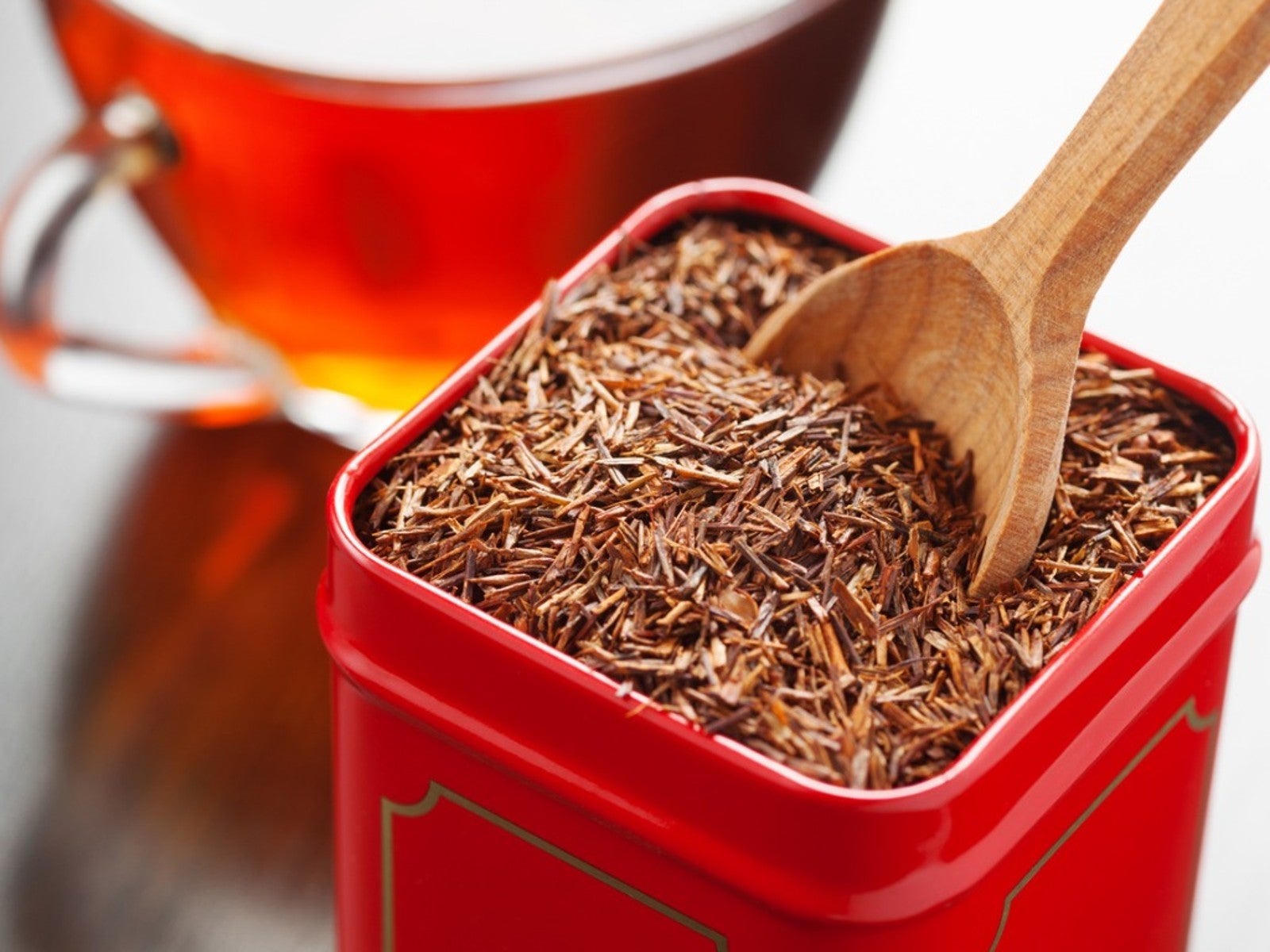 How To Grow Rooibos Tea: Growing Aspalathus Linearis For Rooibos Tea
How To Grow Rooibos Tea: Growing Aspalathus Linearis For Rooibos TeaWhile the health benefits make growing the rooibos tea shrub promising, it can be a bit tricky to cultivate. Read on for more info.
By Laura Miller
-
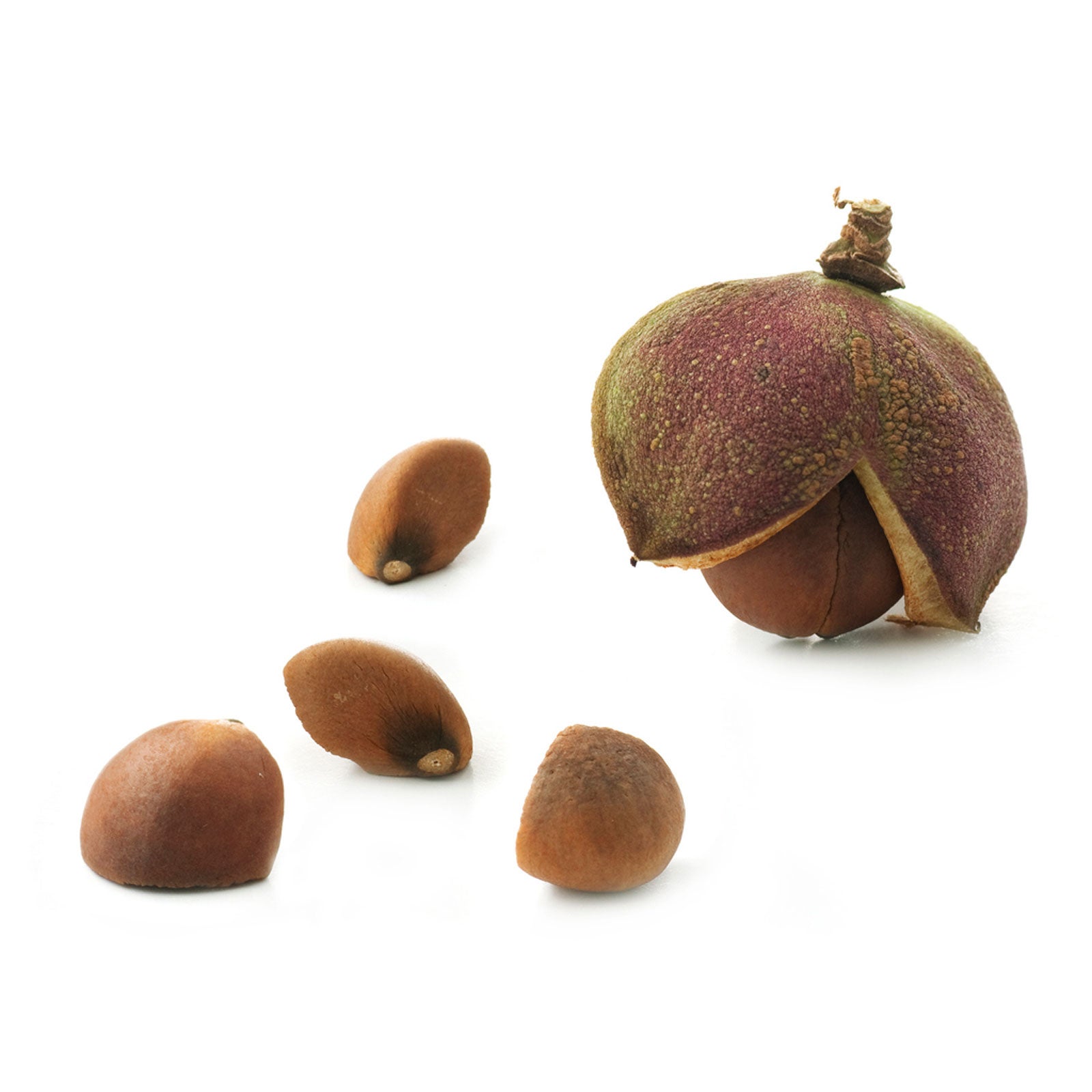 Growing Tea From Seed – Tips For Germinating Tea Seeds
Growing Tea From Seed – Tips For Germinating Tea SeedsArguably one of the most popular beverages that exist is tea. It has been consumed for thousands of years, steeped in historical folklore, references, and rituals. With all this interesting history, you may be interested in learning to plant tea seeds. Click here to learn more.
By Amy Grant
-
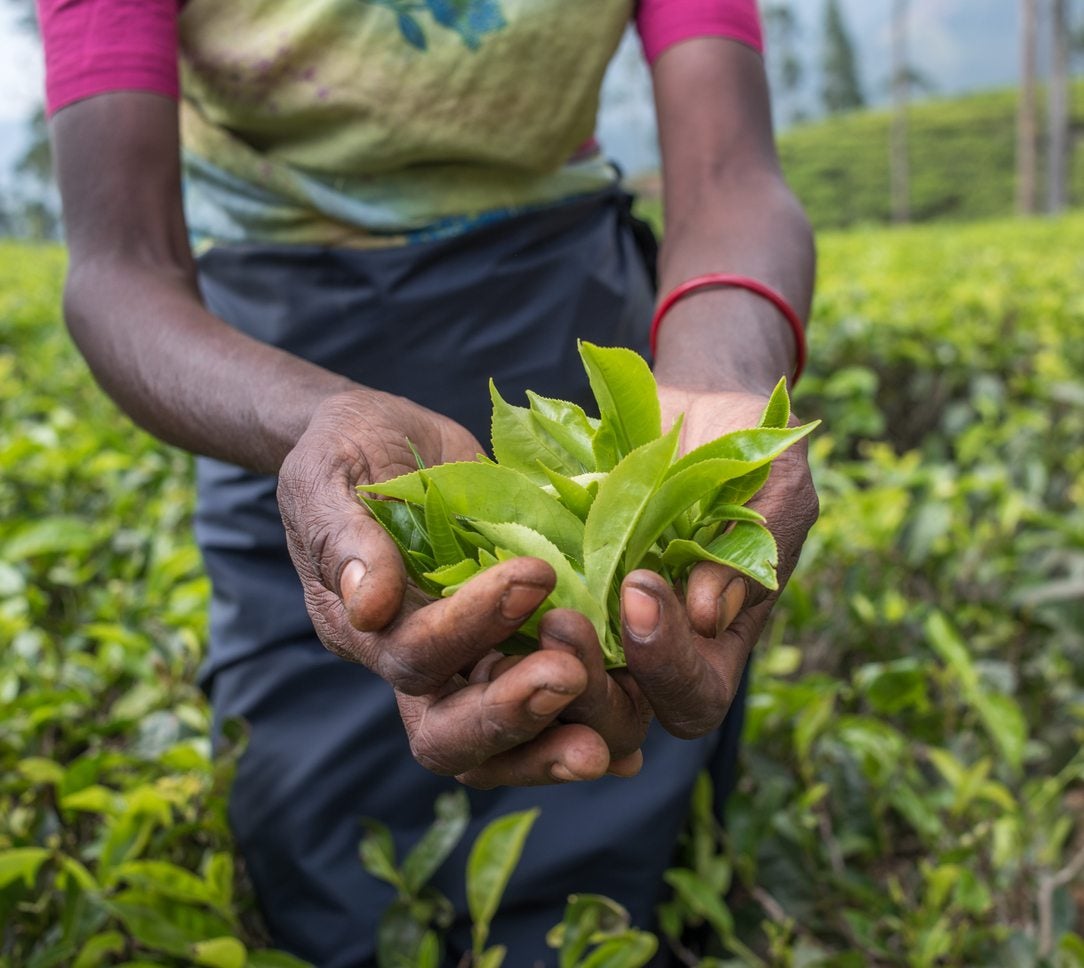 When To Harvest Tea Plants: Information On Tea Plant Harvesting
When To Harvest Tea Plants: Information On Tea Plant HarvestingGrowing the tea plant, Camellia sinensis, allows you to produce your own tea at home. But how do you get from the plant to the cup? Learn more about harvesting tea plants in this article.
By Amy Grant
-
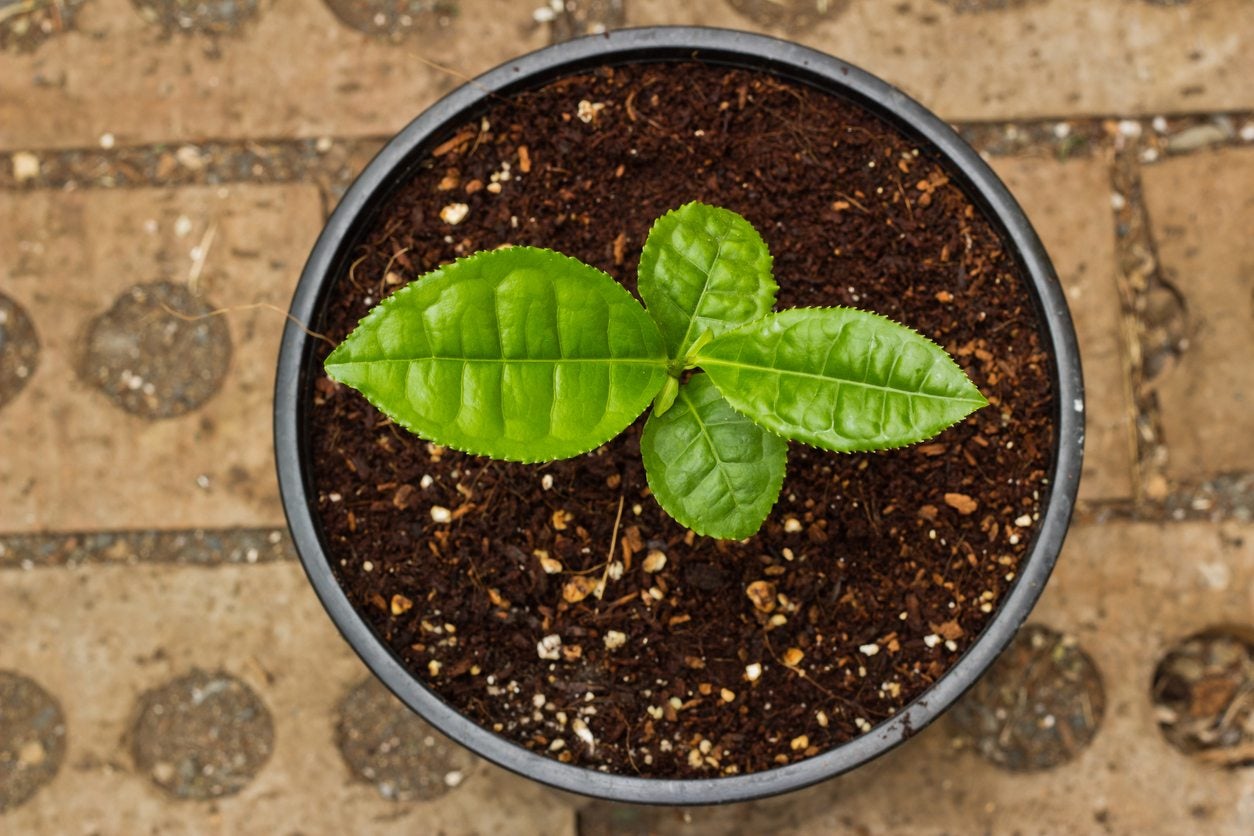 Growing Tea At Home – Learn About Tea Plant Container Care
Growing Tea At Home – Learn About Tea Plant Container CareDid you know that you can grow your own tea? This evergreen shrub can be grown outdoors in USDA zones 7-9 but for those in cooler zones, consider growing tea plants in pots. Learn more in this article.
By Amy Grant
-
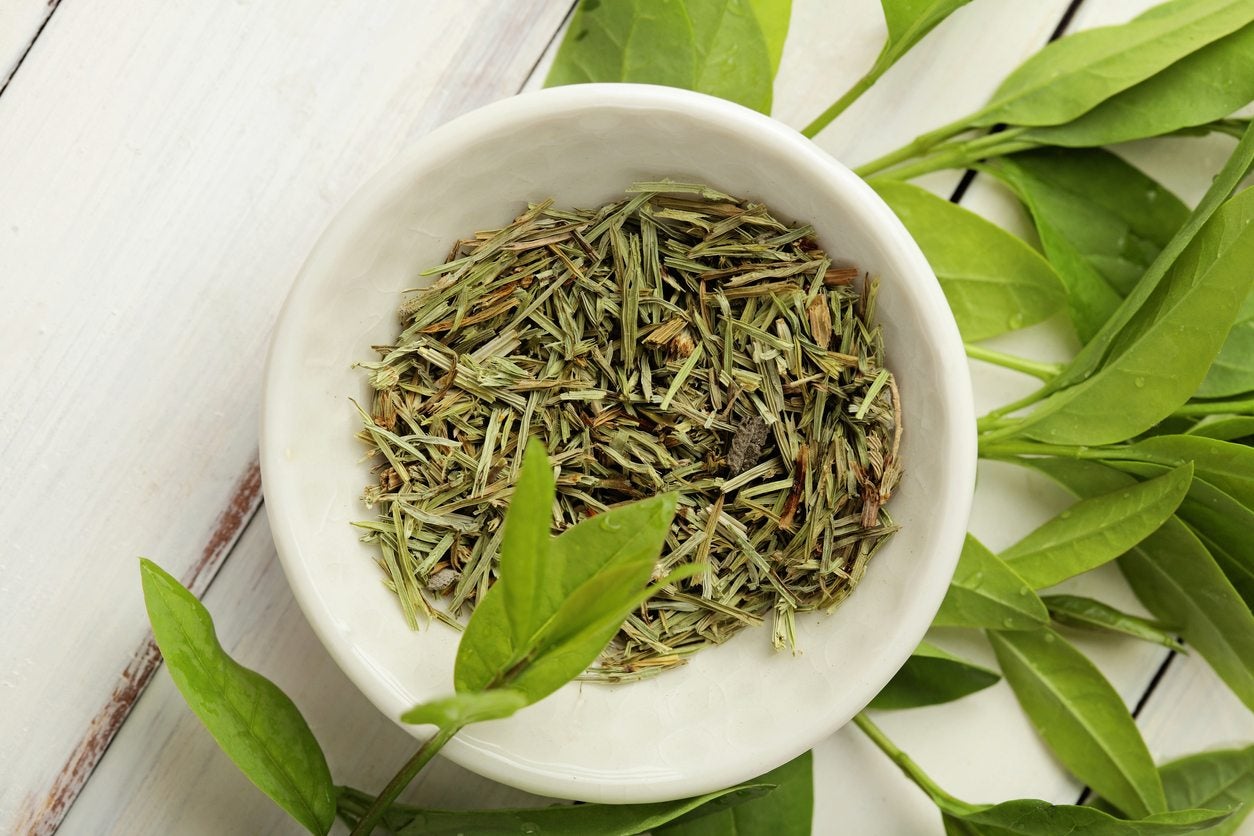 Tea Plant Care: Learn About Tea Plants In The Garden
Tea Plant Care: Learn About Tea Plants In The GardenWhat are tea plants? The tea we drink comes from various cultivars of Camellia sinensis, a small tree or large shrub commonly known as the tea plant. Familiar teas such as white, black, green, and oolong all come from tea plants. Learn more here.
By Mary H. Dyer